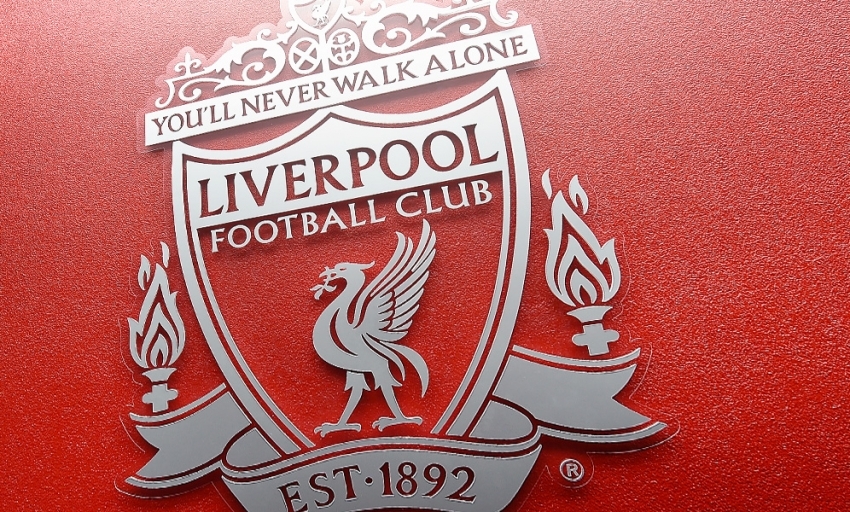Hillsborough inquests - June 18
The Hillsborough inquests commenced on March 31, 2014 and are the subject of reporting restrictions that have been imposed by the Attorney General's office. Liverpool Football Club is respectful of these restrictions and will therefore only be making available updates from other media channels for the duration of the inquest.

To view archive reports from each day of the inquest hearings, click here.
Courtesy of Press Association - June 18
Sheffield Wednesday's consultant engineer threatened to sue the local council for £2 million if it scuppered a ground development, the Hillsborough inquests heard today.
Dr Wilfred Eastwood "became irate" when an environmental health officer told him that the 1986 construction work at the club's Spion Kop posed "a significant safety hazard".
The hearing into the deaths of 96 Liverpool fans who died in the 1989 tragedy at the Leppings Lane end was told the redevelopment did not meet with the then official safety guidelines.
David Moore, who was employed by Sheffield Council at the time, said a drop of up to 600 metres on the terrace had the potential to cause fans to trip and fall when leaving the stadium.
He said he was under the impression that his concerns would be raised at a meeting of the council's licensing panel but was "surprised" when they were not and the club was permitted to use the new Spion Kop.
He attributed the omission to the threat of litigation, the court sitting in Warrington heard.
Explaining his then role, he told the jury that his council department was approached to provide general advice to the club's safety working group - advice that could not be enforced.
He said he attended a ground inspection in August 1986 and made the observations that he considered the Kop unsafe and it did not conform with the Green Guide, a guide to safety in sports grounds.
He said that Dr Eastwood and the council's building surveyor boss Arthur Butler did not agree.
Speaking of Dr Eastwood, he said: "I think it is fair to say he quite quickly became extremely upset.
"He became irate and he threatened legal action against the council.
"He was talking very quickly. He began shouting and he quickly resorted to a threat of litigation and naming a figure that he would sue the council for.
"He was concerned that the club would fail to open the Kop and that would have a financial loss to the club."
Mr Moore confirmed to Coroner Lord Justice Goldring that the figure mentioned was £2 million.
The then 27-year-old said he spoke about his concerns to his line manager who he said shared them.
A second site visit took place which involved detailed measurements and the same conclusion was reached and then passed to the council's then chief licensing officer, David Bownes.
He later received a copy of an internal memo from the director of land and planning to the head of administration and legal which questioned his role and stated "it is simply not reasonable for the fundamental basis of the design to be questioned".
Mr Moore said he attended a subsequent licensing panel meeting.
He said: "The licensing panel asked panel members...they provided an opportunity to raise their objections and I was surprised when objections were not raised."
He told the jury: "Naturally I was disappointed that professional safety advice had not been taken.
"I felt a political decision had been taken not to raise my concern."
He said he thought this was "due to the threat of litigation".
Mr Moore said he also had concerns about emergency response planning at the club.
He said he asked a number of questions about safety management which the club could not answer adequately.
He subsequently submitted a report on the subject to Mr Bownes.
Explaining his concerns over the Spion Kop construction, he said: "When you left the terrace to access a radial gangway to leave the stand, potentially in an emergency situation, there was a significant drop and in some cases that was up to 600 metres which I regarded as a significant safety hazard."
He agreed with Terry Munyard, representing some of the families of the deceased, that the hazard would have been people falling or tripping as large crowds exited.
The court heard he was "fairly confident" he had not seen a report referred to yesterday by Paul Jackson, a health and safety officer with Sheffield City Council.
Mr Jackson told the inquest that he had been made aware of safety concerns over crush barriers on the terraces in 1988 but was told to "keep out of it" because the matter was "politically sensitive".
He said he also wrote a report saying the absence of an emergency plan meant he recommended Hillsborough should not get a safety certificate to hold matches.
The report went before a committee of councillors and they decided not to act on his recommendations and granted a safety certificate, he said.
But the jury heard Mr Jackson made no mention of his report in his statement to West Midlands Police in 1989 and there was "no trace" of his report, or a council committee ever considering his report.
Giving evidence today, Mr Jackson was adamant the report existed.
Mr Jackson was interviewed last year by officers from Operation Resolve - the criminal investigation into the disaster.
Speaking about emergency planning, he told them: "I am not saying that would have prevented Hillsborough but it would have reduced the number of dead because the stewards would have known the gym was going to be used for first aid or that gates A and B had been immediately cleared and ambulances directed in...that sort of thing.
"That's the sort of thing you would expect in a plan."
The hearing was adjourned early due to "a personal issue" with a jury member.



